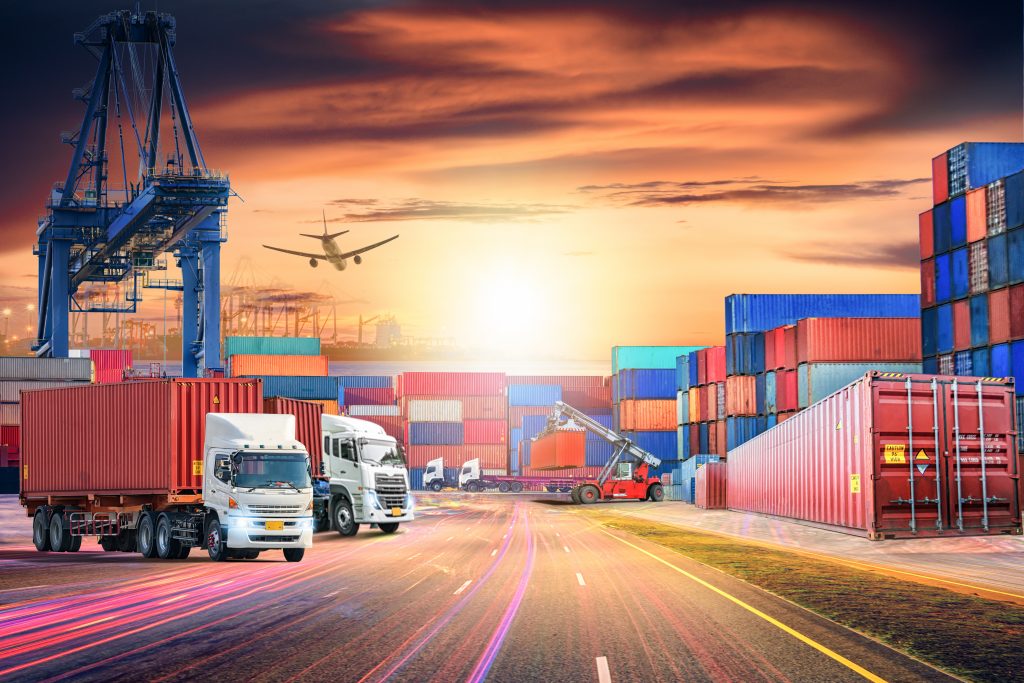UNITED ARAB EMIRATES: E-commerce or E-convenience has gained rising popularity over the last few years. The demand for such a service has skyrocketed especially during the pandemic. As an increasing number of consumers shopped with a simple swipe on their phone screens, let’s look at how using drones helped shape Retail Logistics behavior.
People buying more goods is directly proportional to the demand for goods. Delivering more goods requires warehouses to be stocked with enough supply or inventory as well as the means to deliver them to their customers. With lockdowns and curfew timings imposed in most places around the world, delivery planning teams were seen struggling to adjust to the new times. However, a supply chain is built on adapting to challenges and the use of drones for deliveries is one that grew out of such a challenge.

What is a Drone?
A ‘drone’ is also known as an ‘unpiloted aircraft’ or ‘unmanned aerial vehicle’. It is manned by an automated system, person, or team operating it. Drones come equipped with onboard sensors and GPS systems that help navigate and communicate with the operator in real-time. They are built using Carbon-fiber reinforced composite (CRFCs) and materials such as Nylon, Polystyrene, Aluminum, etc. Their light composite makeup makes drones an excellent choice for complicated, detailed, or risky operations such as in the military, 3-D mapping, Search & Rescue Operations, and sensitive deliveries.
Some countries even rely on drones as a ‘last mile’ delivery option. The United Arab Emirates (UAE) uses medical drones to deliver emergency and vaccine kits to ensure aid is transported to inaccessible locations. In December 2016, Amazon had first tested drones in the retail industry. They launched and tested their first consumer drone logistics system named ‘Prime Air’.
Drones in Retail: The Amazon Study
Prime Air delivers packages fewer than five pounds and within thirty minutes in the United States. Its models are currently tested in other countries as well. According to their report, while drones helped reduce operational and shipping costs, the amount used to manufacture the drone was high. One of the biggest advantages of such a delivery model is the significantly reduced lead time i.e. lesser time needed to deliver, receive and return goods.
Today’s consumers rely on instant gratification. They see a product online; they click, order, and want to receive it instantly. Most e-commerce platforms such as Amazon and Noon (in UAE) offer deliveries within 24 hours. However, by using drones, the timing will reduce to an hour.

Also Read: Logistics Education: Need To Strengthen The Basics Of Skill Development In The Industry
Drone: The Future Of Delivery Business?
Several questions arise that are related to the future of the delivery business. Is time the only advantage here? Would our skies look different with the drones? Would consumers be tempted to overspend given the ease of receiving their shopping? Would the logistics industry see a shortage of transportation staff? Would Returns/Damages to the product increase?
Convenience often comes at a cost. Would it be fair to increase the price of such a service? And who decides the price set for such convenience? If so, then is such a price hike justified? Especially given that the vehicle is completely automated and requires no staff to fly it? And more importantly, can the usage of drones help reduce greenhouse gases?
According to Amazon’s Chief Executive Officer, Jeff Bezos the model will help ease the current climate crisis. The rationale behind this is since drones carry only one package at a time, they are found to emit lesser carbon dioxide than trucks or flights. Further they are powered by electricity and as compared to diesel or fuel used in trucks and flights.
This seems to be is an exciting time to be a part of such an innovation at the brink of supply chain disruption. Drone delivery brings with it the potential to commercially spike up the logistics space and consumer convenience.

